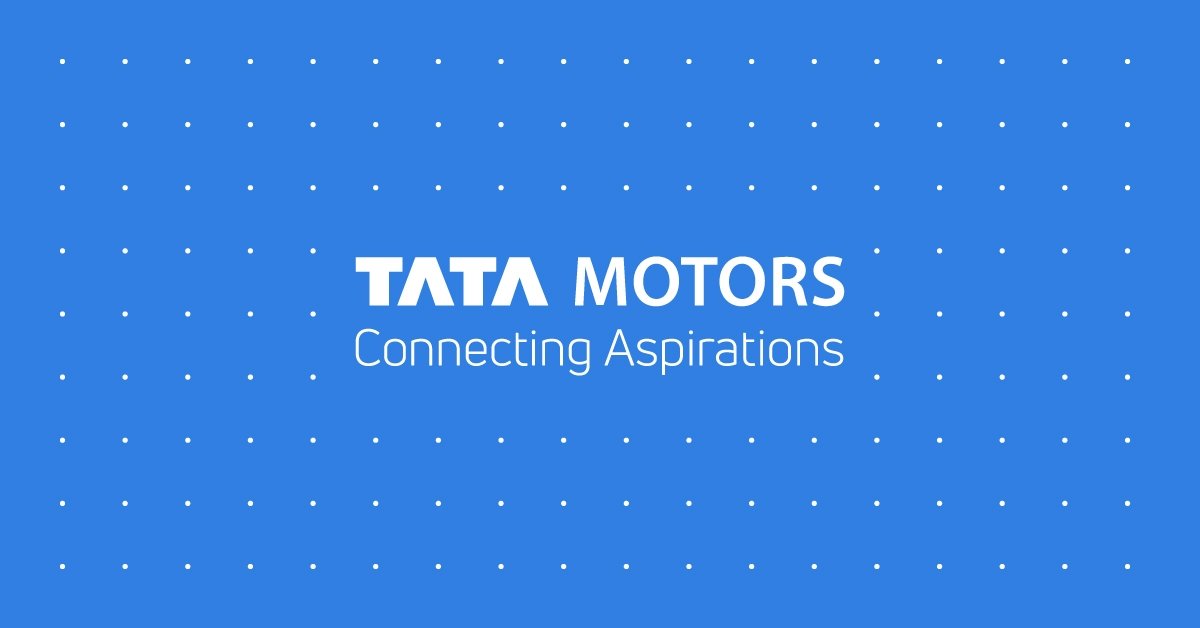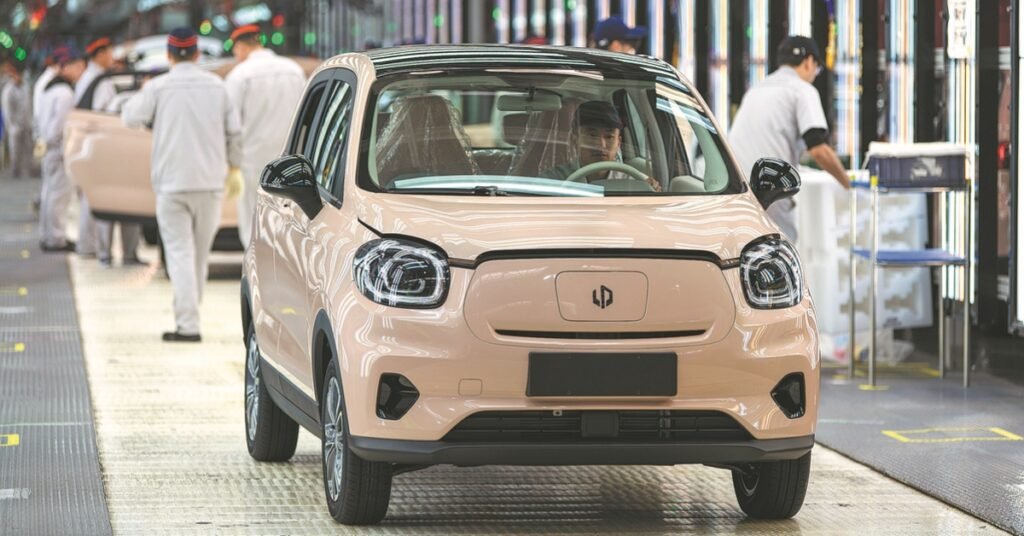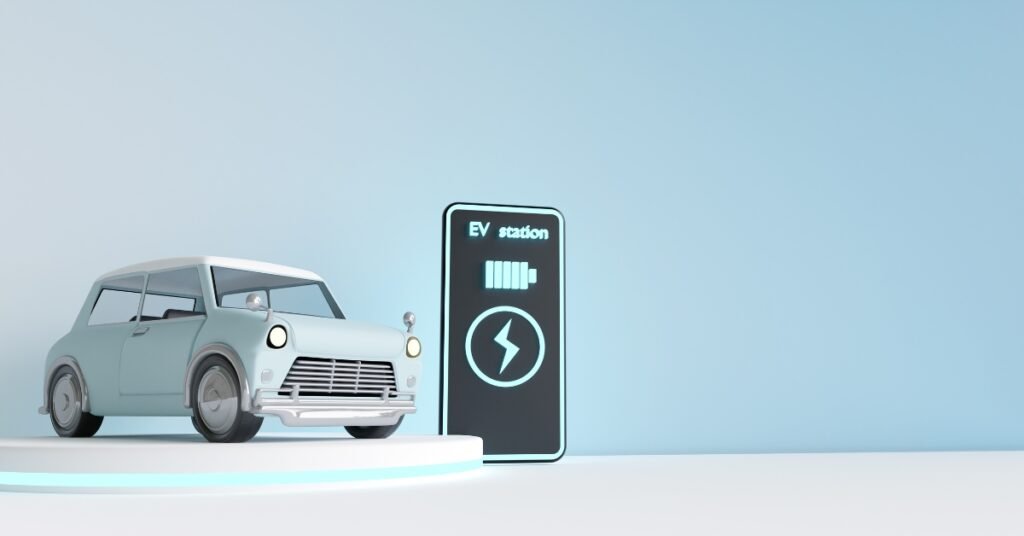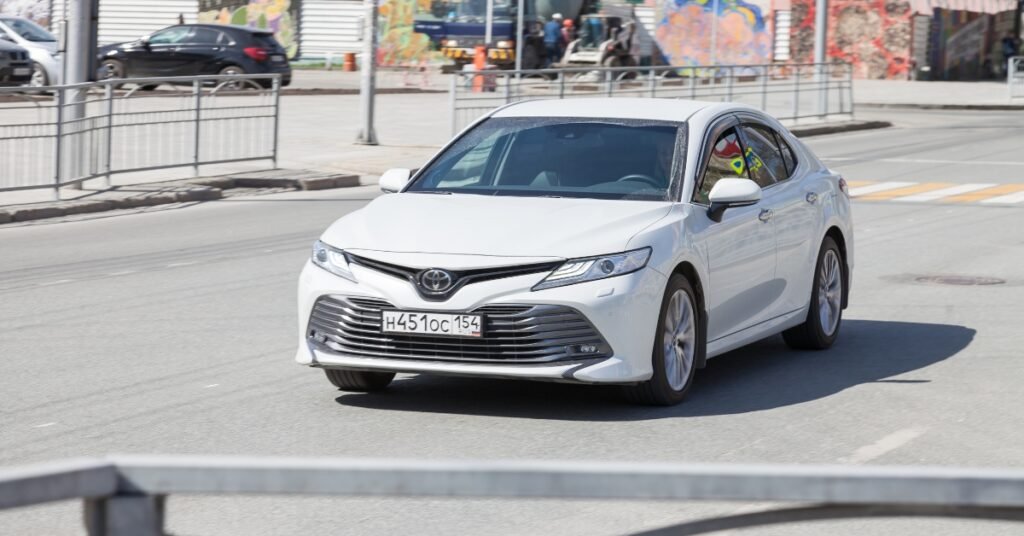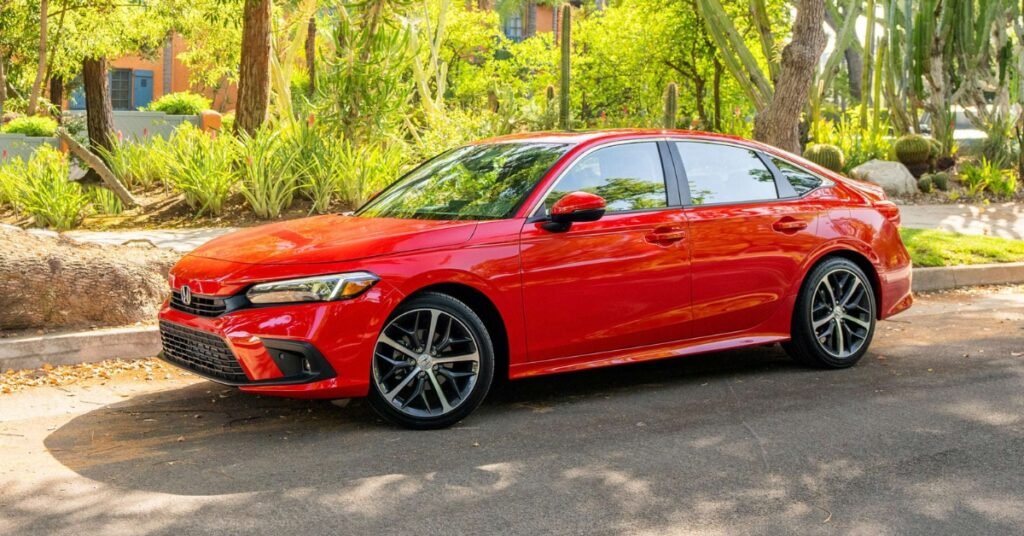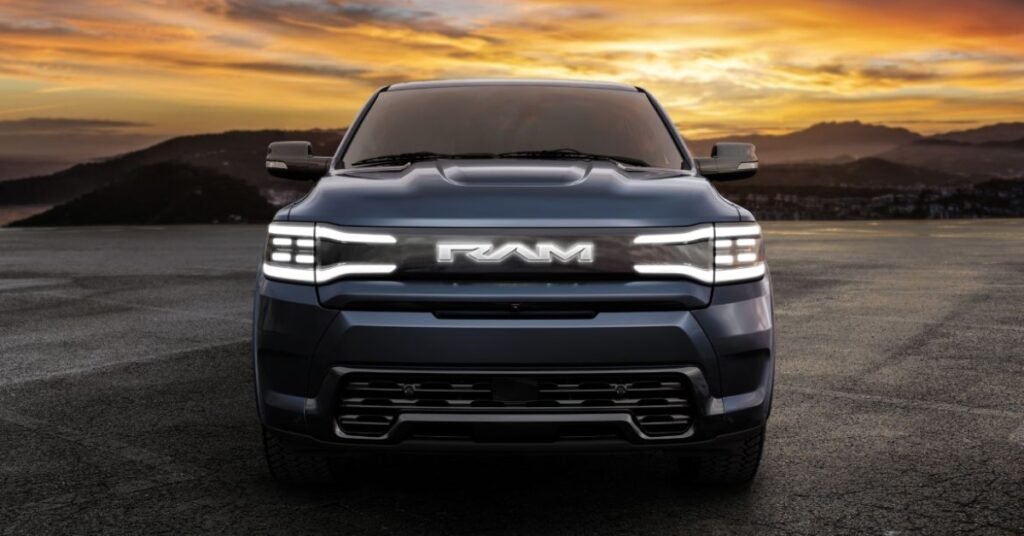Explore fascinating insights about Tata Motors, from its rich history and innovative technologies to sustainability efforts and global reach.
[irp]
Table of Contents
[irp]
Tata Motors is one of the most prominent automobile manufacturers in the world.
It is known for its innovative vehicles and global presence.
[irp]
Facts About Tata Motors
Here, we will delve into various aspects of Tata Motors, providing a comprehensive understanding of this automotive giant.
[irp]
History of Tata Motors
- Founded in 1945, Tata Motors started as a locomotive manufacturer.
- It launched its first commercial vehicle in 1954 in collaboration with Daimler-Benz AG.
- Tata Motors entered the passenger vehicle market in 1991 with the launch of Tata Sierra.
- The company was renamed Tata Motors Limited from Tata Engineering and Locomotive Co. Ltd in 2003.
- Acquired Daewoo Commercial Vehicle Company in 2004.
- Tata Nano, the world’s cheapest car, was launched in 2008.
- Acquired Jaguar and Land Rover from Ford in 2008.
- Tata Motors was listed on the New York Stock Exchange in 2004.
- Introduced the first SUV, the Tata Safari, in 1998.
- Developed the first Indian sedan, Tata Indica, in 1998.
[irp]
Innovations by Tata Motors
- Tata Nano is a low-cost, compact car.
- Tata Ace, India’s first mini-truck.
- First hydrogen fuel cell bus in India.
- Developed the Revetec engine, increasing fuel efficiency.
- Tata Pixel is a concept city car.
- Introduced India’s first fully indigenous passenger car, Tata Indica.
- Tata EVision is a concept electric vehicle.
- Tata Prima, a global standard truck.
- Tata Nexon India’s first 5-star safety-rated car.
- Tata Hexa features an advanced Terrain Response System.
[irp]
Sustainability Efforts
- Launched Tata EV, focusing on electric vehicles.
- Adopted renewable energy in manufacturing plants.
- Introduced recyclable materials in vehicles.
- Carbon footprint reduction initiatives.
- Tata Motors’ Sanand plant is energy efficient.
- Promoting public transport solutions to reduce emissions.
- Partnered with companies for sustainable tech.
- Reduced water consumption in manufacturing.
- Implementation of green supply chain management.
- Developed biofuel engines.
[irp]
Global Presence
- Operations in over 125 countries.
- Manufacturing facilities in India, the UK, South Korea, Thailand, and South Africa.
- Sales subsidiaries in Europe, Africa, and the Middle East.
- Joint ventures in China and Brazil.
- R&D centers in India, the UK, Italy, and South Korea.
- Exports to Europe started in 1961.
- Global supplier network.
- Partnered with Fiat to enhance its international market.
- Tata Daewoo in South Korea.
- Global Headquarters in Mumbai, India.
[irp]
Product Range
- Passenger cars – Tata Tiago, Tigor.
- SUVs – Tata Harrier, Safari.
- Trucks – Tata Prima, Tata Signa.
- Buses – Tata Starbus, Tata Marcopolo.
- Electric vehicles – Tata Nexon EV, Tigor EV.
- Light commercial vehicles – Tata Ace, Tata Yodha.
- Heavy commercial vehicles – Tata Ultra, Tata Prima.
- Defense vehicles – Tata Merlin, Tata Kestrel.
- Construction vehicles – Tata Tipper Trucks.
- Concept cars – Tata Sierra EV, Tata HBX.
[irp]
Awards and Recognitions
- 2018 Gold Award for Nexon in safety.
- Tata Motors won JD Power awards for quality.
- Green Award for sustainable practices.
- Truck of the Year award for Tata Prima.
- Innovation award for Tata Hexa.
- Tata Nexon EV won numerous awards.
- Best Exporter Award by EEPC India.
- Golden Peacock Award for corporate social responsibility.
- Best Commercial Vehicle Manufacturer award.
- Recognized in the Forbes Global 2000 list.
[irp]
Safety Features
- 5-star NCAP rating for Tata Nexon.
- Advanced driver assistance systems (ADAS).
- Dual front airbags as standard.
- Electronic Stability Program (ESP).
- Anti-lock Braking System (ABS).
- Traction Control System (TCS).
- Roll-over Mitigation.
- ISOFIX child-seat mounts.
- Rear parking sensors.
- Hill Hold Control.
[irp]
Corporate Social Responsibility (CSR)
- Educational programs for underprivileged children.
- Healthcare initiatives in rural areas.
- Water conservation projects.
- Women empowerment programs.
- Skill development centers.
- Environmental sustainability projects.
- Disaster relief efforts.
- Promoting sports among youth.
- Community welfare programs.
- Road safety awareness campaigns.
[irp]
Financial Performance
- Revenue: Over $35 billion (2023).
- Listed on BSE and NSE.
- Significant market share in India.
- Profitability improvements in recent years.
- Increased export revenues.
- Strong balance sheet.
- Consistent dividend payments.
- Investment in R&D.
- Strategic partnerships boost financials.
- Sustainable financial growth.
[irp]
Manufacturing Facilities
- Pimpri-Chinchwad plant, Pune.
- Sanand plant, Gujarat.
- Jamshedpur plant, Jharkhand.
- Lucknow plant, Uttar Pradesh.
- Pantnagar plant, Uttarakhand.
- Dharwad plant, Karnataka.
- Manufacturing plant in Thailand.
- South African assembly plant.
- UK manufacturing facilities.
- R&D and design centers worldwide.
[irp]
R&D and Innovation Centers
- ERC Pune: Tata Motors’ engineering research center.
- Tata Motors European Technical Centre in the UK.
- Tata Daewoo R&D in South Korea.
- Tata Motors Design Studio in Italy.
- Collaboration with academic institutions.
- Advanced Materials Lab.
- Vehicle Integration Center.
- Alternative Fuels Lab.
- Electric Vehicle Hub.
- Autonomous Vehicle Lab.
[irp]
Employee Strength
- Over 78,000 employees globally.
- Diverse workforce.
- Employee training programs.
- Inclusive work culture.
- Leadership development initiatives.
- Employee wellness programs.
- Community engagement by employees.
- Talent acquisition from top institutions.
- Employee recognition programs.
- Focus on employee safety.
[irp]
Market Share
- Leading market position in India.
- Significant presence in commercial vehicles.
- Growing market share in electric vehicles.
- Strong position in the SUV segment.
- Expanding international market share.
- The dominant player in public transport.
- Increased market share in LCVs.
- Strong presence in the Middle East.
- Growing market in Africa.
- Expanding footprint in South East Asia.
[irp]
Strategic Partnerships
- Tata-Fiat joint venture.
- Collaboration with Microsoft for AI in vehicles.
- Partnership with Cummins for engines.
- Strategic alliance with Marcopolo.
- Tie-up with Alphabet’s Waymo for autonomous vehicles.
- Collaboration with Samsung for smart vehicle tech.
- Tata-Castrol partnership.
- Technical collaboration with Hitachi.
- Partnering with Nvidia for AI.
- Alliance with Bosch for advanced safety systems.
[irp]
Key Competitors
- Maruti Suzuki in the passenger vehicle segment.
- Ashok Leyland in commercial vehicles.
- Mahindra & Mahindra in SUVs and commercial vehicles.
- Hyundai in passenger cars.
- Toyota in hybrid and electric vehicles.
- Eicher Motors in commercial vehicles.
- Volkswagen in luxury vehicles.
- Ford in SUVs and passenger cars.
- Honda in sedans and hatchbacks.
- Nissan in SUVs and electric vehicles.
[irp]
Future Plans
- Expansion of electric vehicle range.
- Investment in autonomous driving tech.
- Increased focus on sustainability.
- Expansion into new international markets.
- Introduction of new hybrid models.
- Enhanced digital customer experience.
- Focus on connected car technology.
- Development of new safety features.
- Expansion of manufacturing capacity.
- Strategic acquisitions to enhance capabilities.
[irp]
Challenges Faced
- Intense competition in the automotive market.
- Regulatory changes affecting production.
- Economic downturns impact sales.
- Supply chain disruptions.
- Technological advancements require significant investment.
- Changing consumer preferences.
- Environmental regulations.
- Global trade tensions.
- Rising costs of raw materials.
- Adapting to the electric vehicle market.
[irp]
Community Engagement
- Health camps for rural communities.
- Educational scholarships for students.
- Skill development programs.
- Support for local businesses.
- Infrastructure development in rural areas.
- Environmental conservation projects.
- Promotion of sports and culture.
- Women’s empowerment initiatives.
- Road safety awareness.
- Disaster relief and rehabilitation.
[irp]
Financial Investments
- Investment in R&D for new technologies.
- Expansion of manufacturing plants.
- Acquisition of global brands.
- Investment in electric vehicle infrastructure.
- Funding for sustainability projects.
- Strategic partnerships and collaborations.
- Development of new product lines.
- Expansion into new markets.
- Employee training and development.
- Digital transformation initiatives.
[irp]
Leadership Team
- Natarajan Chandrasekaran, Chairman.
- Guenter Butschek, CEO & MD.
- PB Balaji, CFO.
- Shailesh Chandra, President of Passenger Vehicles.
- Ravindra Pisharody, Executive Director.
- Mayank Pareek, President of Commercial Vehicles.
- Pratap Bose, Head of Design.
- Satish Borwankar, COO.
- R. Ramakrishnan, Global Head, Customer Care.
- Anoop Kumar Saxena, Head of Product Line.
[irp]
Conclusion
Tata Motors continues to innovate and lead in the automotive industry, focusing on sustainability, safety, and technological advancements.
With a rich history and a forward-looking approach, Tata Motors remains a key player in the global market.
[irp]
